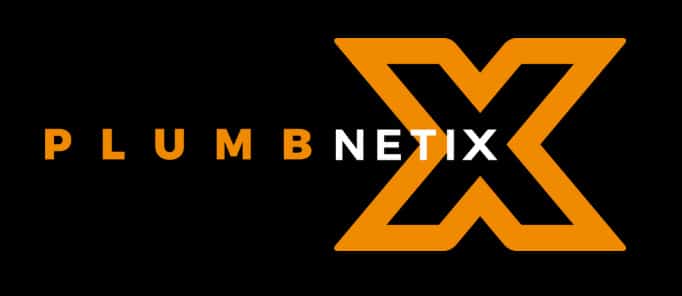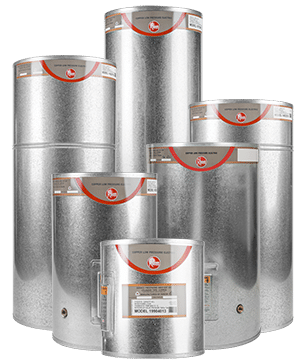Hot water is a fundamental part of our daily lives, and having a reliable hot water cylinder is essential for residents and businesses in the Thames region. In this comprehensive guide, we will explore every aspect of hot water cylinders, from selecting the right one to installation, maintenance, and addressing common issues. Plumbnetix, your local plumbers in Thames, are here to assist you through every step of this journey.
Choosing the Right Hot Water Cylinder
When it comes to heating water, selecting the right hot water cylinder is the first and most critical step in ensuring a consistent supply of hot water. And as plumbers in Thames, we want to help you to make an informed choice by considering the following factors:
Hot Water Cylinder Size
Determining the appropriate size of your hot water cylinder is crucial. It largely depends on the size of your household or the hot water demands of your business. A larger cylinder is typically required for a family home, while smaller units are suitable for single occupants or small businesses.
Energy Source Options
Hot water cylinders come in various types, each with its advantages and considerations:
- Electric: These are the most common and generally easy to install. They are cost-effective but may have higher running costs, particularly if your electricity rates are high.
- Gas: Gas hot water cylinders are efficient and cost-effective, but they require proper ventilation. They are suitable for areas with a natural gas supply.
- Solar: Solar hot water systems are environmentally friendly and can save you money on energy bills in the long run. They work by harnessing solar energy to heat water. However, they may have higher upfront costs.
- Heat Pump: Heat pump hot water cylinders are known for their energy efficiency. They work by extracting heat from the air or ground to heat water. While they are energy-efficient, they can be more expensive to purchase.
Selecting the right energy source depends on your budget, environmental concerns, and the availability of resources in the Thames region.
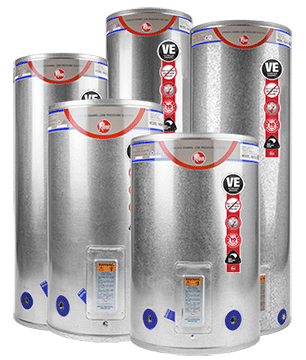
Location of your Hot Water Cylinder
The location of your hot water cylinder is crucial. It should be easily accessible for maintenance and installation. It should also comply with safety regulations to prevent potential hazards and ensure your system’s longevity.
With Plumbnetix’s local plumbing expertise, you can make informed decisions based on the specific requirements of the Thames region, which may include dealing with hard water issues or considering environmental concerns.
Installation by Plumbnetix
Once you’ve selected the right hot water cylinder, the next step is professional installation. Plumbnetix are plumbers in Thames who take care of this process efficiently and effectively and here’s how we do it –
1. Evaluation: We begin by assessing your property’s unique needs and requirements. This evaluation helps us determine the most suitable location and system for your hot water cylinder.
2. Installation: Our experienced team ensures that your hot water cylinder is installed correctly and efficiently. We follow all safety regulations and guidelines to prevent potential hazards and ensure your system’s longevity.
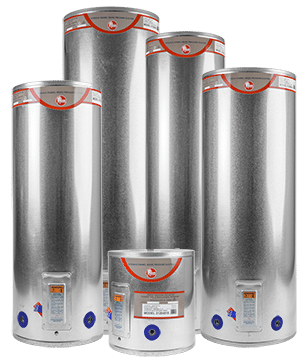
Maintenance to Prolong the Lifespan of Your Hot Water Cylinder
Proper maintenance is the key to extending the life of your hot water cylinder. Plumbnetix offers scheduled plumbing maintenance services in Thames and the surrounding regions, which include:
Flushing
Over time, sediment can build up in the bottom of the cylinder, leading to reduced efficiency and potentially damaging the heating element. Flushing involves draining the tank to remove this sediment, improving water quality and heater efficiency.
Anode Replacement
The anode rod is a sacrificial component in your hot water cylinder that prevents corrosion. Over time, it may deteriorate and require replacement to maintain the cylinder’s structural integrity.
Sediment Removal
Over time, sediment can accumulate at the bottom of your hot water cylinder, potentially causing issues. Cleaning out this sediment can improve efficiency and extend the lifespan of your cylinder.
Scheduled maintenance is essential to prevent issues and keep your hot water cylinder running smoothly, ensuring you have access to hot water when you need it most.
Signs of Hot Water Cylinder Problems
It’s important to be aware of common hot water cylinder issues. Recognising the signs of problems allows you to take action before a minor issue becomes a major concern. Here are some common problems to watch for:
1. Leaking: If you notice water leaking from the cylinder or around its base, it’s a clear sign of a problem. Leaks can lead to water damage and should be addressed promptly.
2. Temperature Fluctuations: Inconsistent water temperature or inadequate hot water supply can be caused by issues with the thermostat, heating element, or other components.
3. Strange Noises: Unusual noises like popping, gurgling, or hissing can indicate sediment buildup or other issues within the cylinder.
Repairs and Replacements: How to Identify the Right Solution
Recognising when repairs are necessary and when it’s time for a replacement is critical. Here’s how to differentiate between the two:
1. Repairs: Minor issues like a faulty thermostat or a small leak can often be repaired. Signs that repairs may be sufficient include:
- The issue is a recent occurrence.
- The problem is localised and does not affect the entire cylinder.
- The hot water cylinder is still within its expected lifespan.
When you notice any of the signs mentioned earlier, it’s advisable to contact us at Plumnetix, your local Thames plumbers, to diagnose the problem and perform the necessary repairs. Timely repairs can prevent further damage and extend the lifespan of your cylinder.
2. Replacements: In some cases, repairs may not be cost-effective or may not address the underlying issue. Signs that a replacement is necessary include:
- Frequent, recurring issues with the cylinder.
- The cylinder is nearing the end of its expected lifespan (usually 10-15 years for most models).
- Significant damage or corrosion to the cylinder’s structure.
- Major component failures, such as the heating element are beyond repair.
If any of these signs are present, it’s likely time for a replacement. As professional Thames plumbers, our team at Plumbnetix can guide you through the process of selecting a new hot water cylinder that meets your needs and offers energy-efficient options to save you money in the long run.
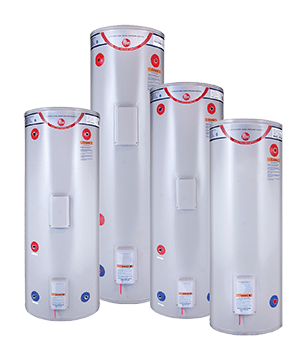
Hot Water Cylinder Safety Tips
Safety should always be a top priority when dealing with hot water cylinders. Here are some essential safety tips to keep in mind:
Set the Right Temperature
Adjust your hot water temperature to a safe and comfortable level to prevent scalding. The recommended temperature for hot water in most homes is around 120°F (49°C).
Proper Ventilation for Gas Cylinders
If you have a gas hot water cylinder, ensure it has proper ventilation to prevent carbon monoxide leaks. Proper ventilation is critical to the safety of your household.
Use Temperature Control Devices
Install temperature control devices to prevent overheating. These devices can help ensure that your water remains at a safe temperature, reducing the risk of scalding.
With the comprehensive information provided in this guide, you’re well-equipped to make informed decisions about hot water cylinders in the Thames region. Plumbnetix is your trusted local plumbing partner, and we are here to assist you with selecting the right cylinder by handling a professional installation and ensuring proper maintenance, addressing common issues, and ensuring safety at every step. Talk to us now at Plumbnetix, your local plumbers in Thames and the surrounding regions.
